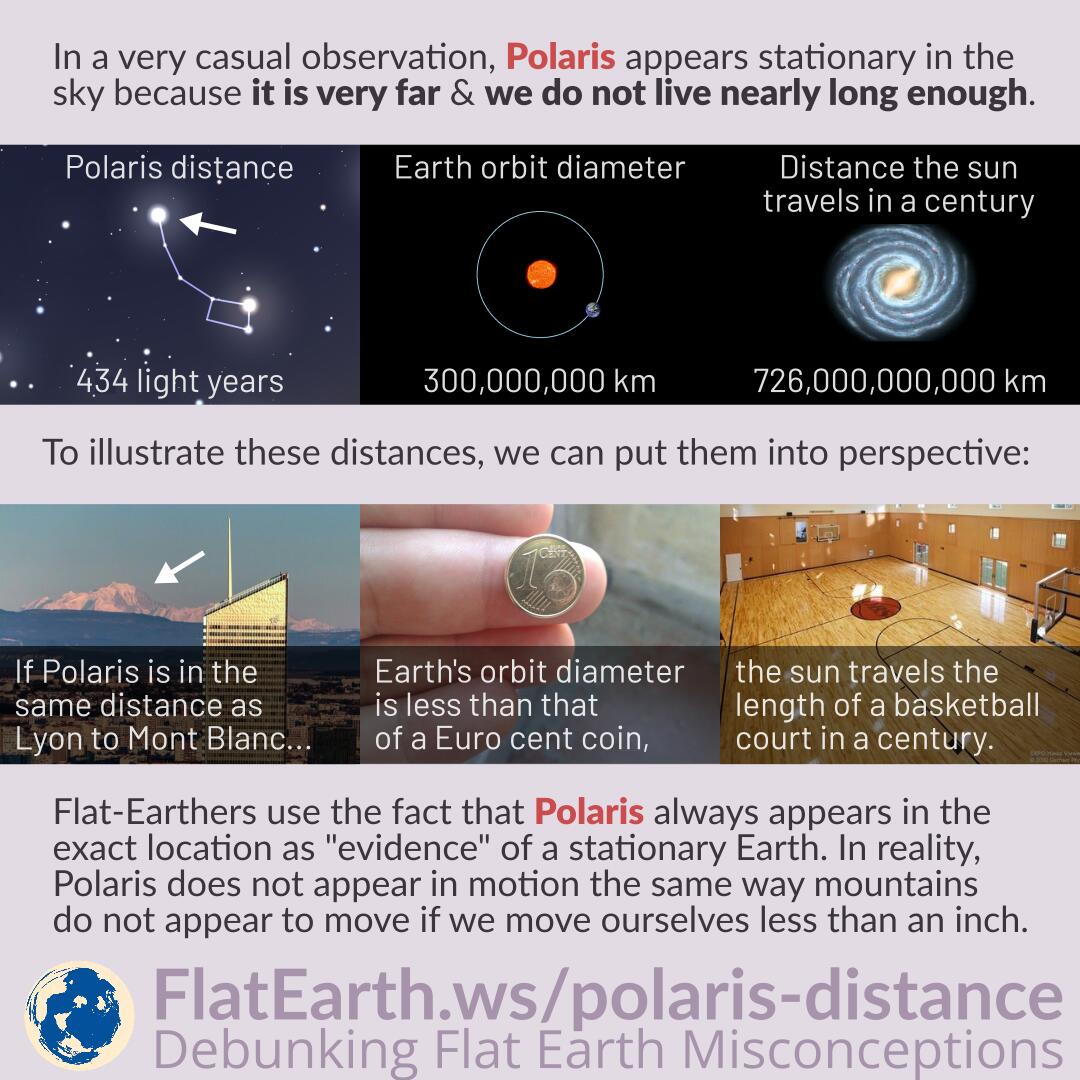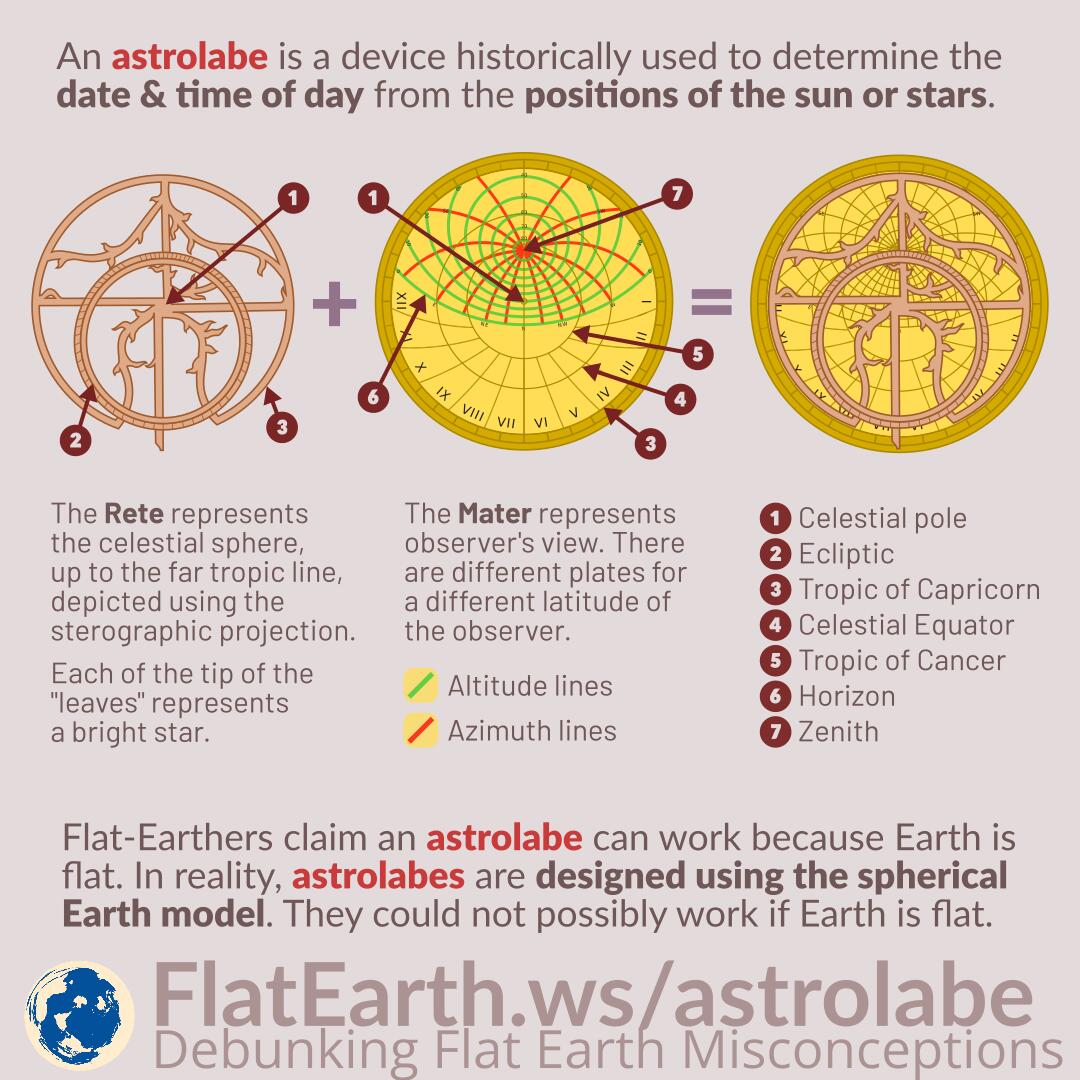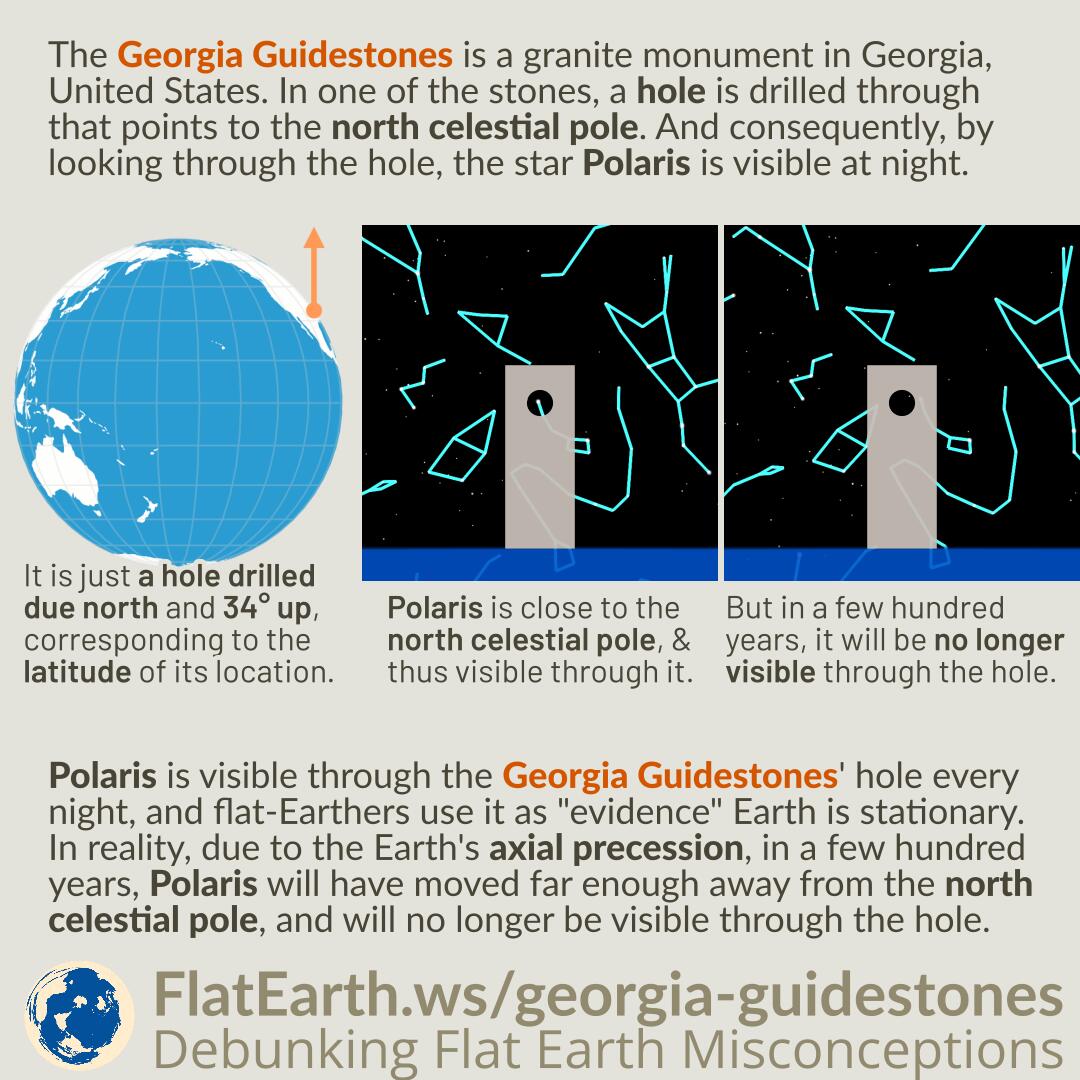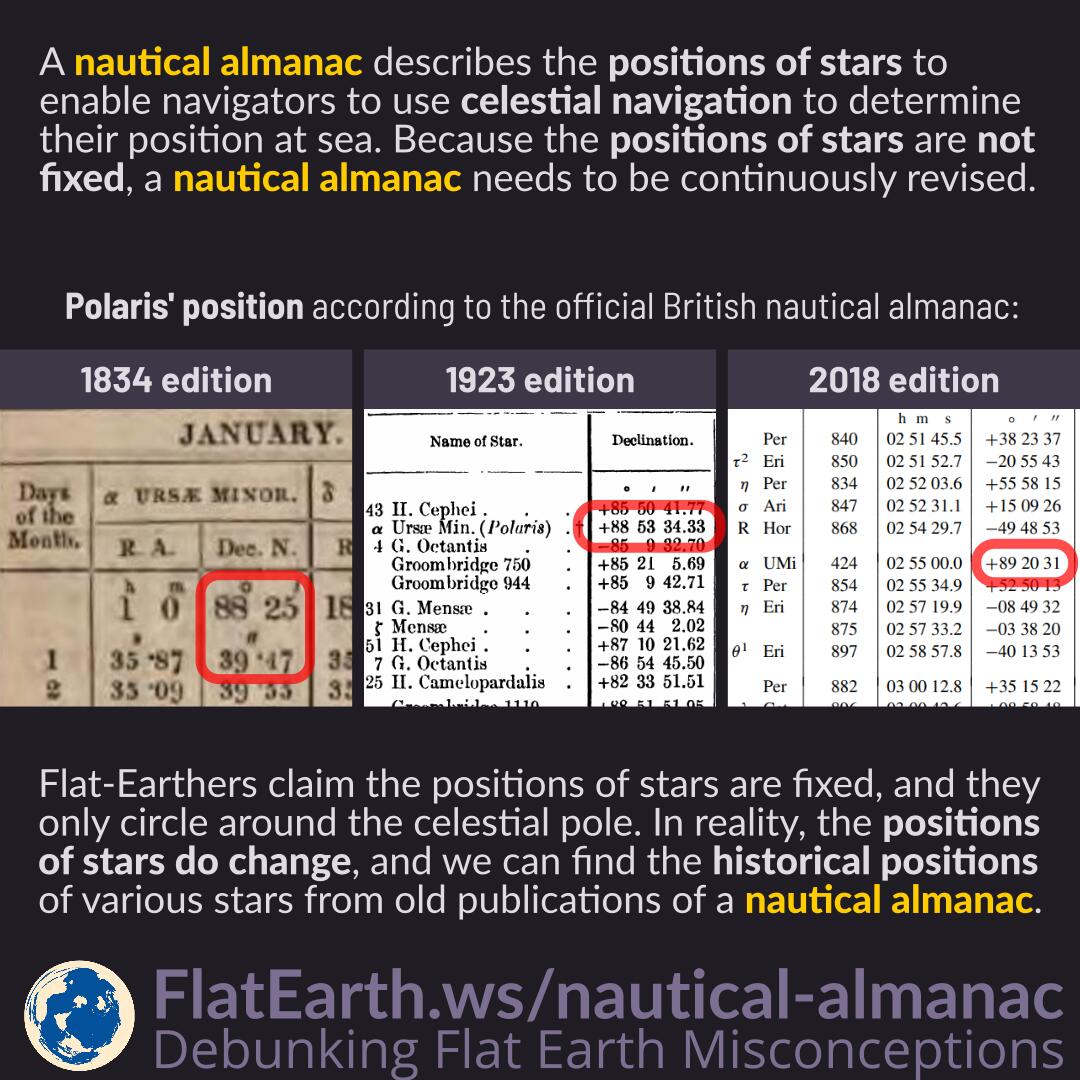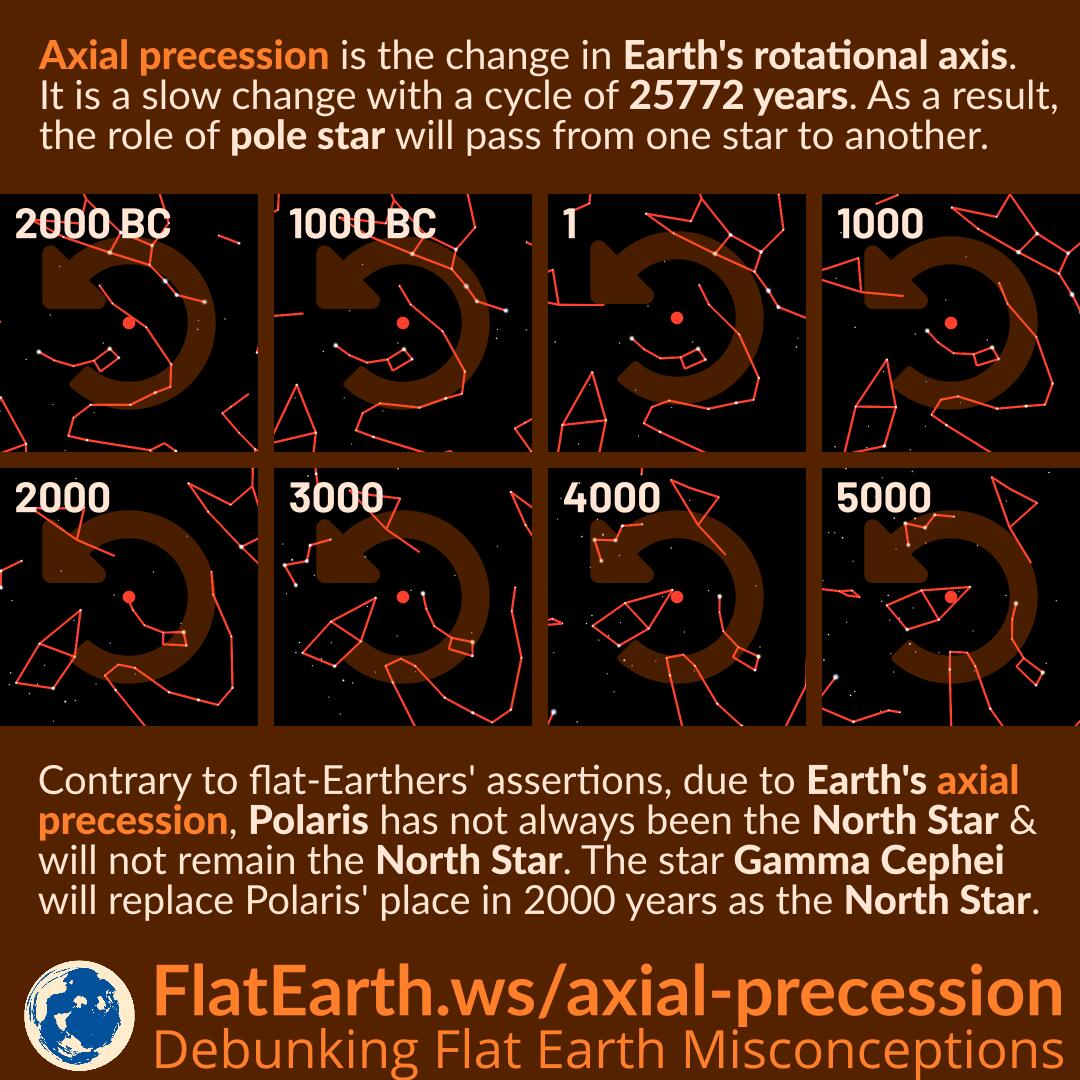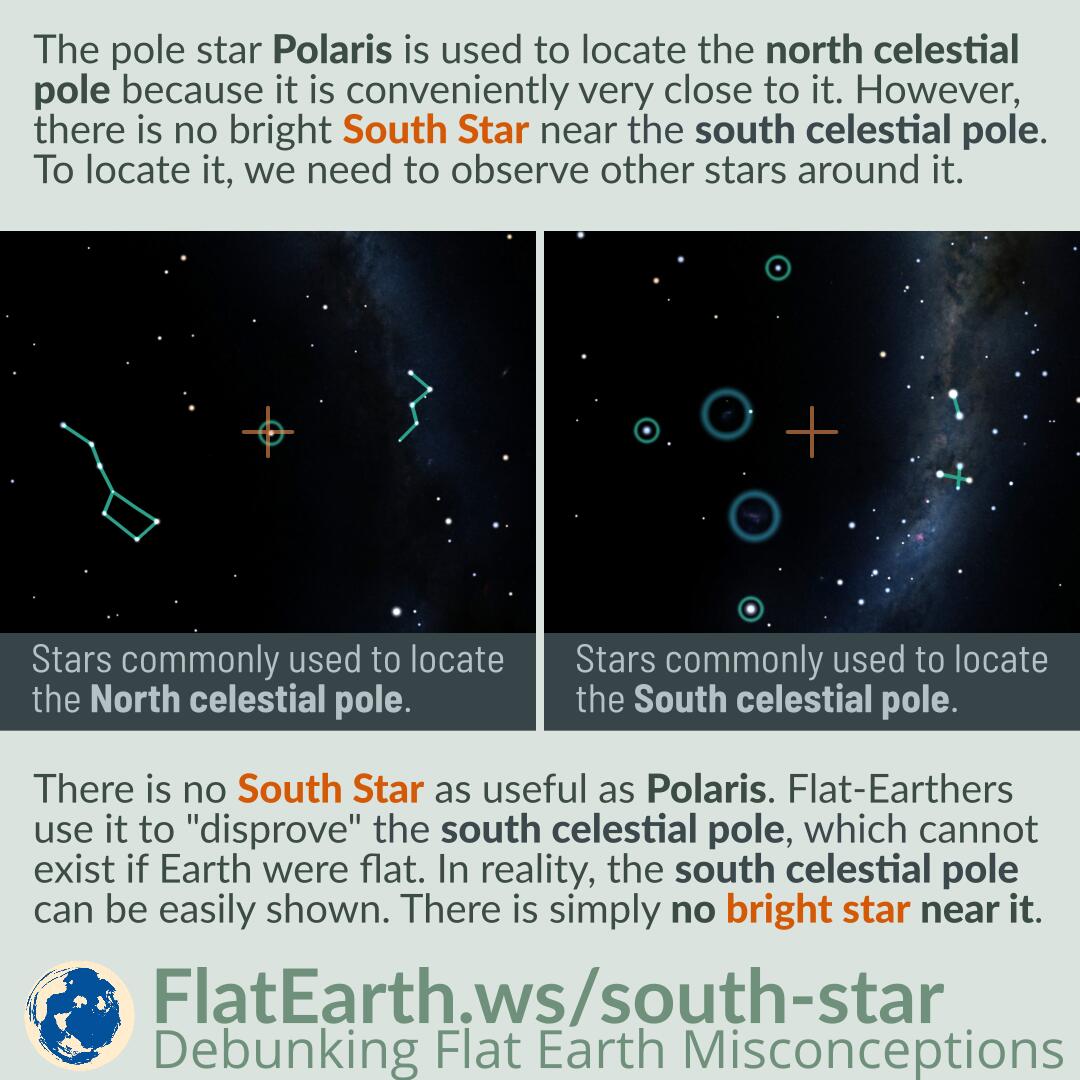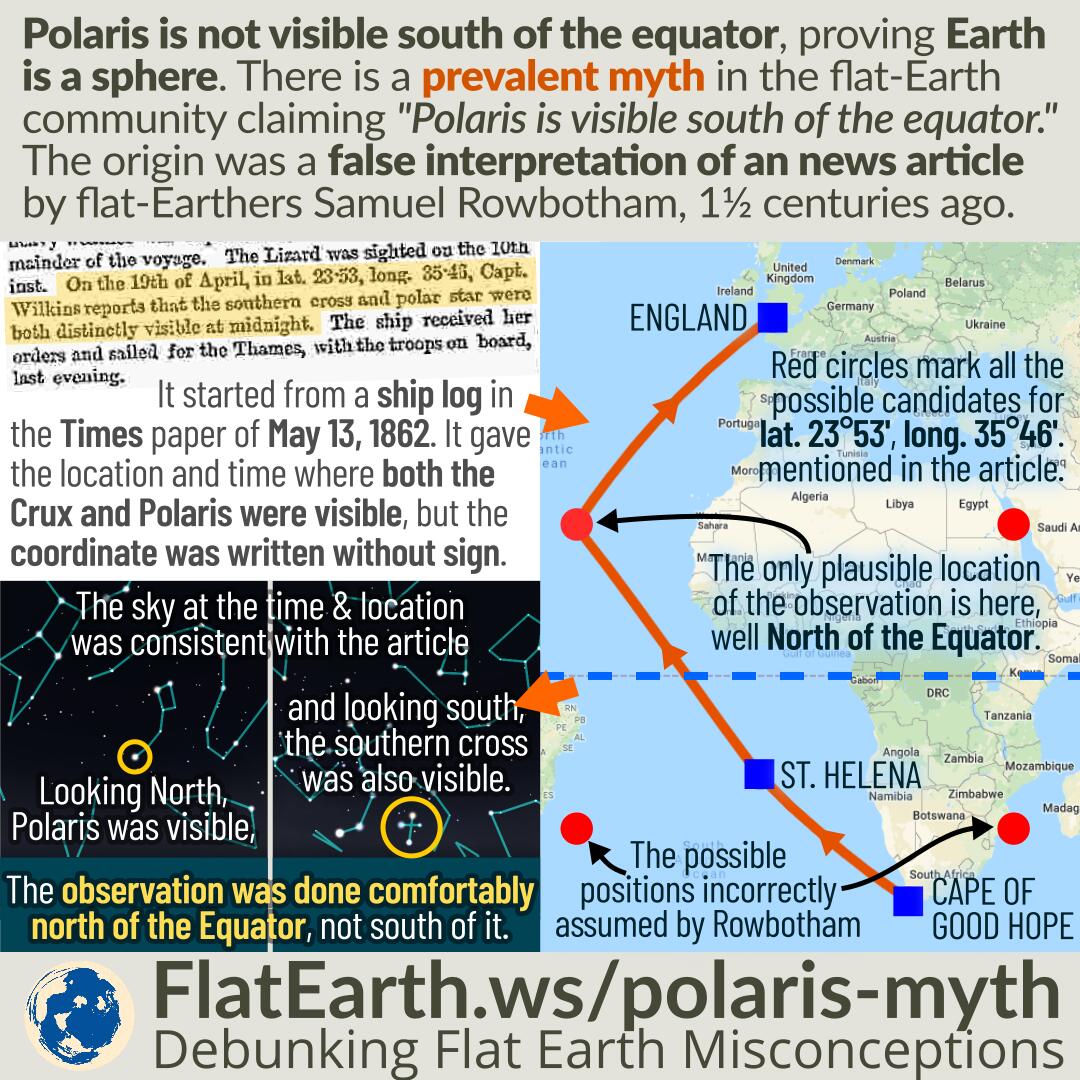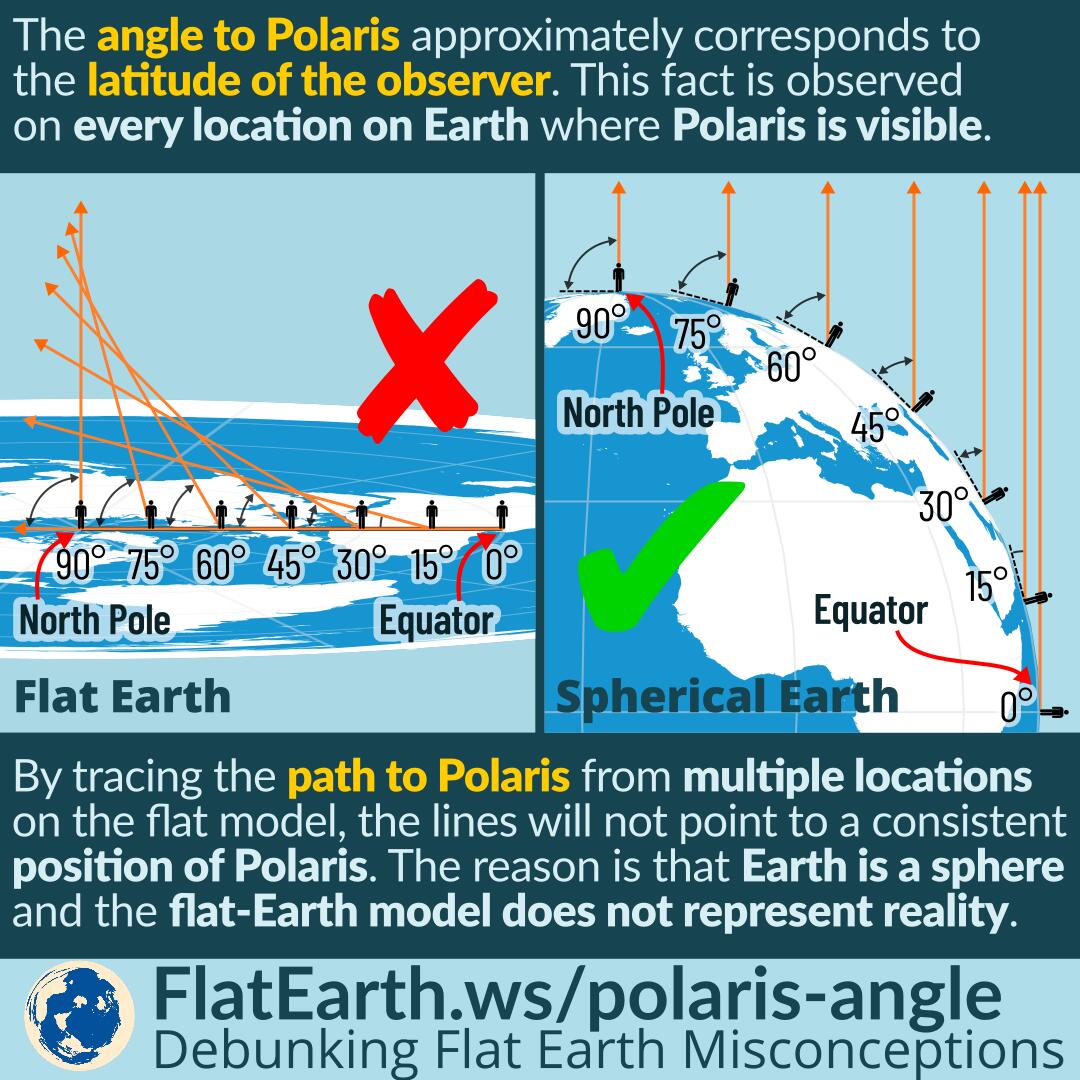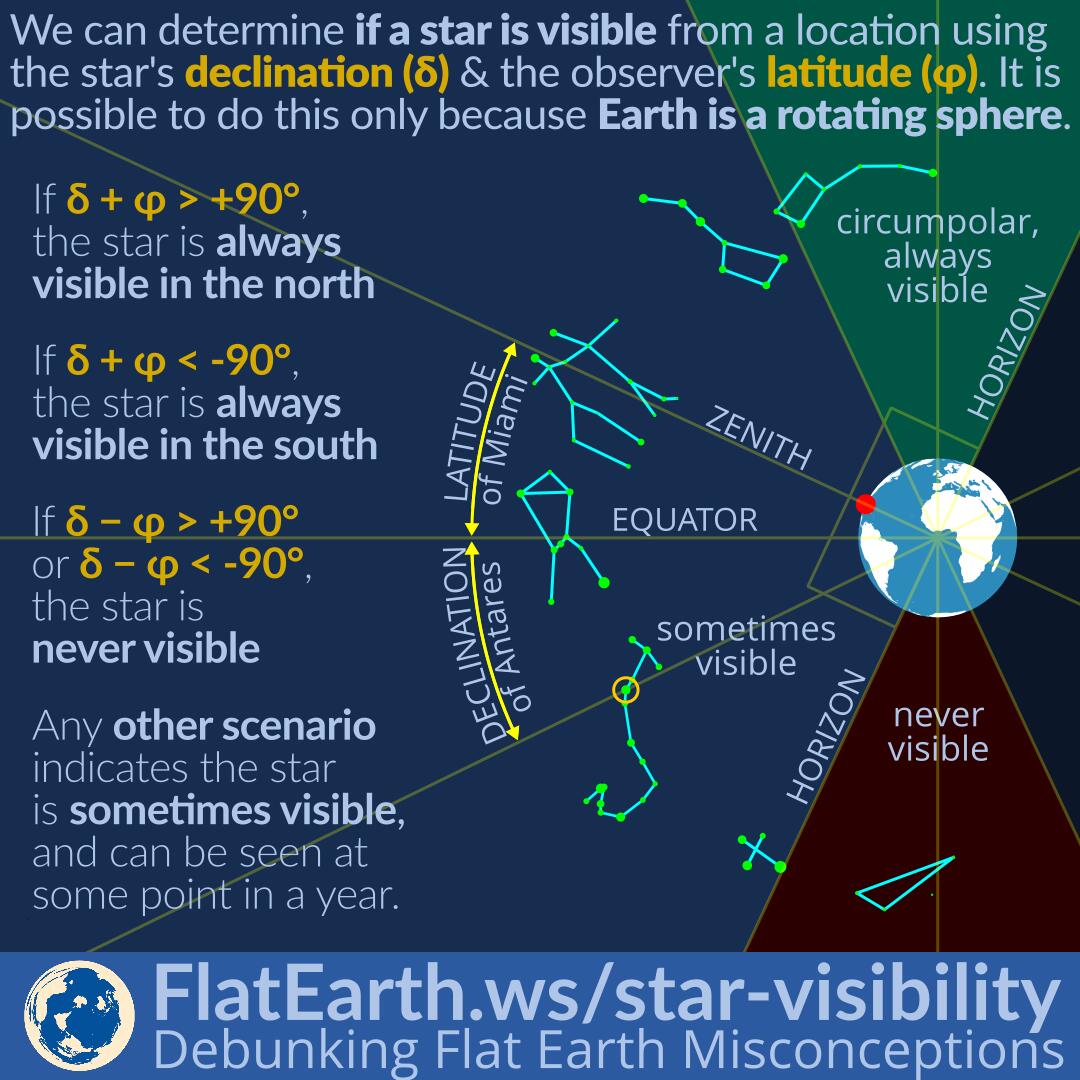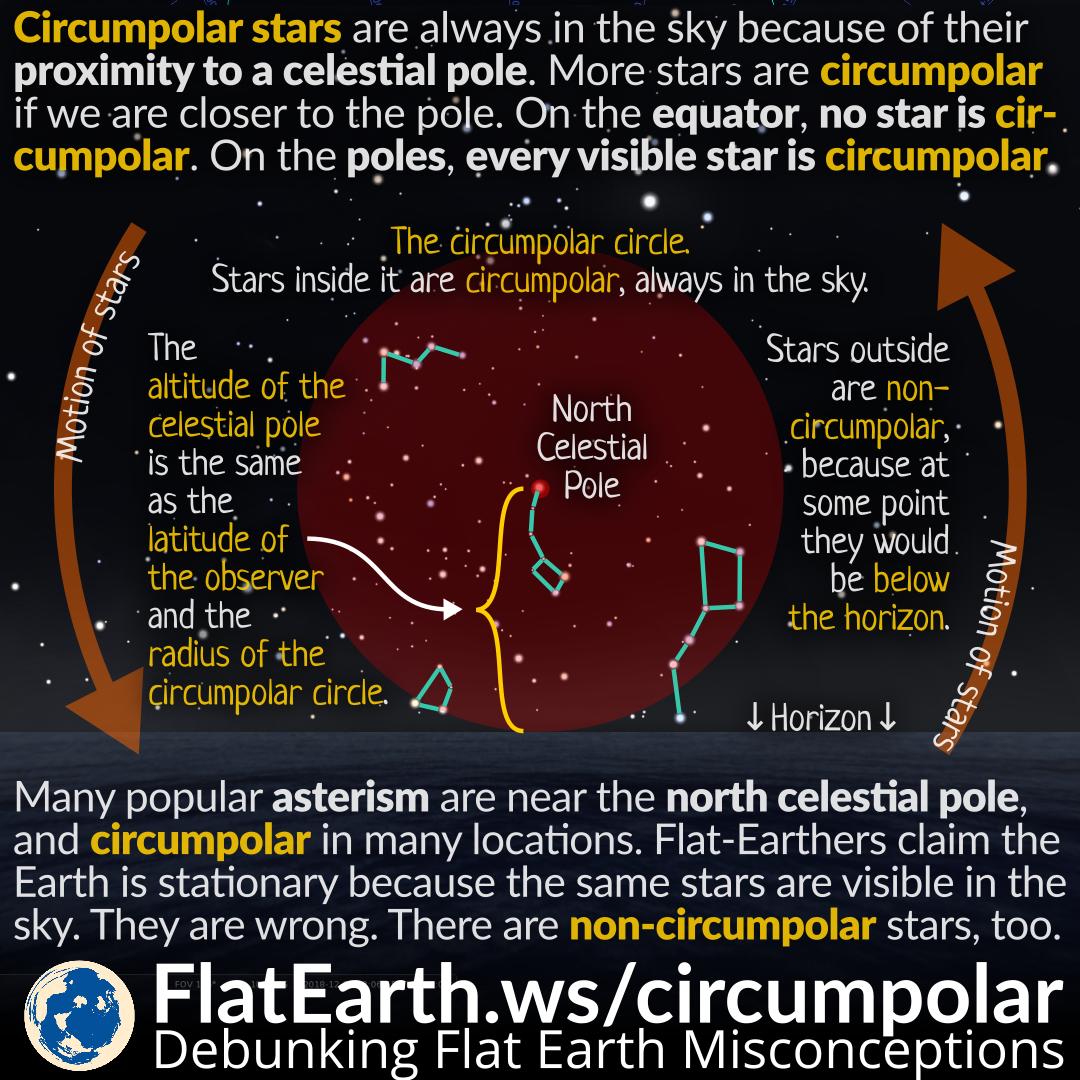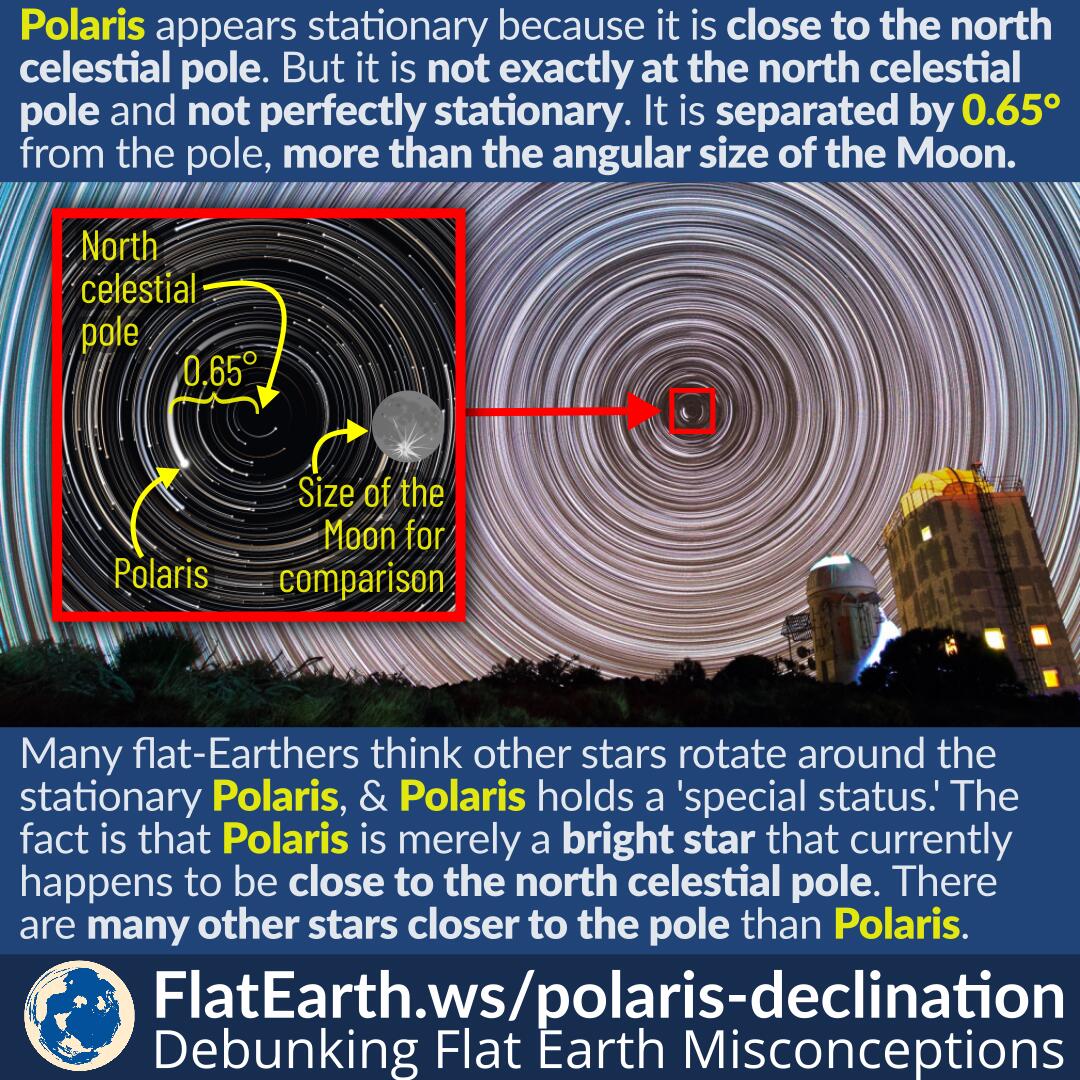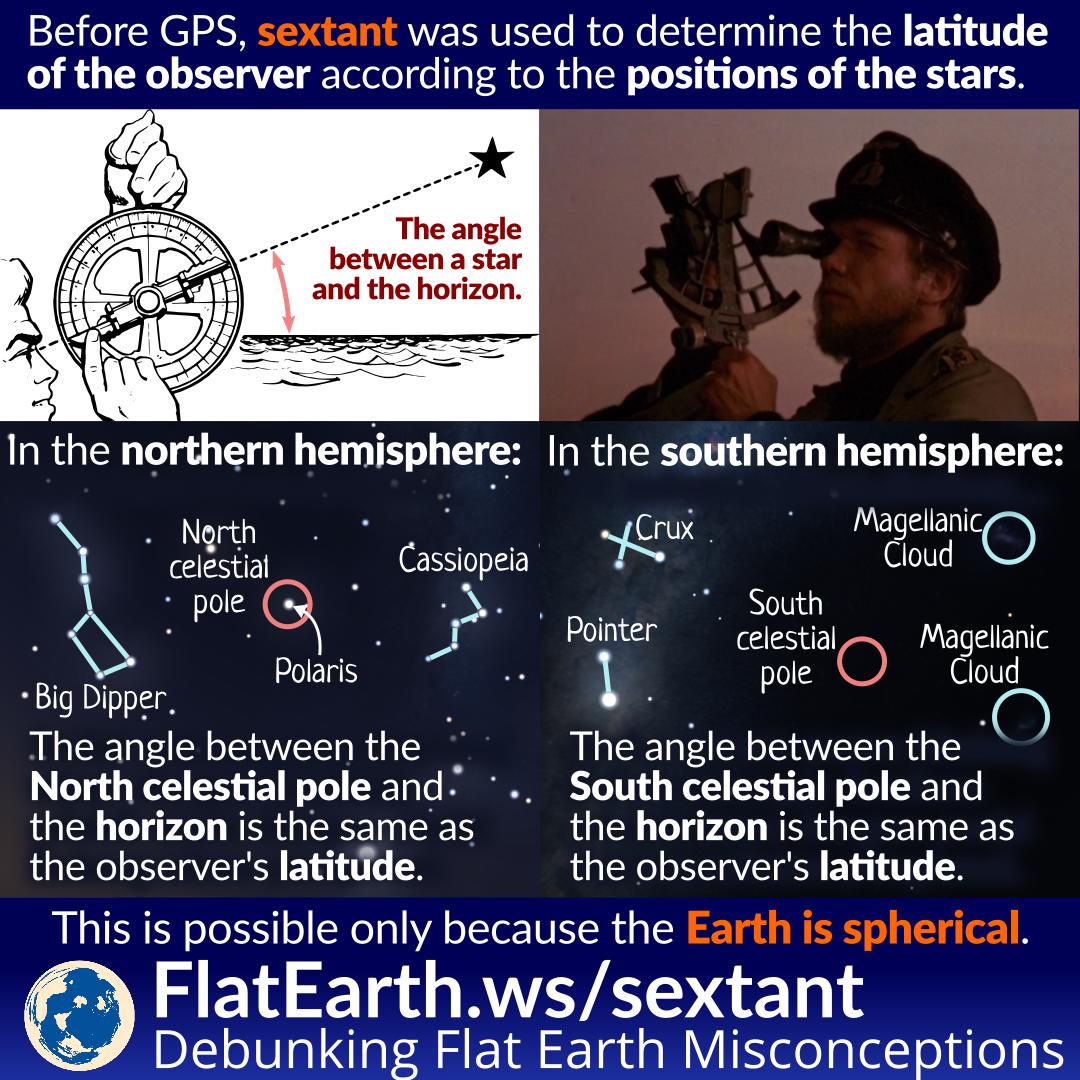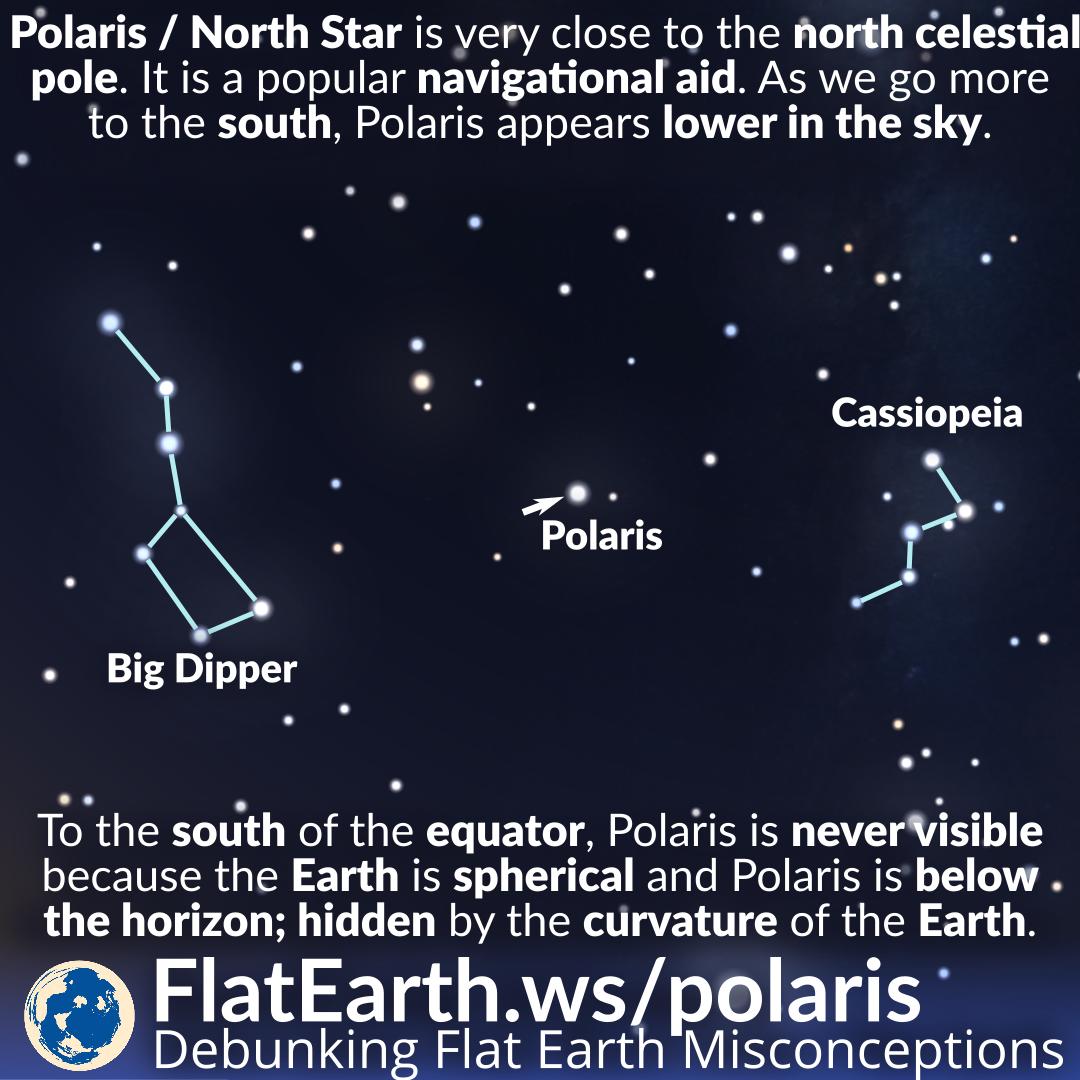In a very casual observation, Polaris appears stationary in the sky because it is very far & we do not live nearly long enough.
Flat-Earthers use that Polaris always appears in the exact location as “evidence” of a stationary Earth. In reality, it does not appear in motion the same way mountains do not appear to move if we move less than an inch.
Continue reading “Polaris Distance and How It Does Not Appear to Move”


